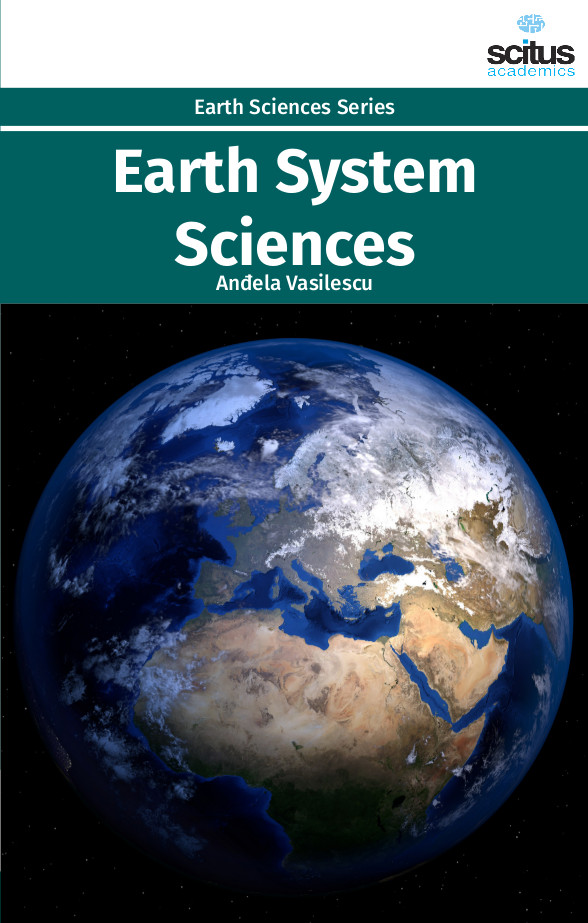Earth system science (ESS) is the application of systems science to the Earth sciences. In particular, it considers interactions between the Earth’s “spheres”—atmosphere, hydrosphere, cryosphere, geosphere, pedosphere, biosphere, and, even, the magnetosphere—as well as the impact of human societies on these components. Earth system science assumes a holistic view of the dynamic interaction between the Earth’s spheres and their many constituent subsystems, the resulting organization and time evolution of these systems, and their stability or instability. Earth changes its shape without a break. Earthquakes occur while this is happening. Earthquakes can hurt people badly. In order to prevent their undesire effects geophysicists, seismologists to be more precise, try to understand dynamic system of Earth. They locate faults that may produce earthquakes. Earth science affects our everyday lives. For example, meteorologists study the weather and watch for dangerous storms. Hydrologists study water and warn of floods. Seismologists study earthquakes and try to predict where they will strike. Geologists study rocks and help to locate useful minerals. Geophysicists and geologists has also vital role to determine near surface structures. The studies of Earth’s history and of the physical and chemical properties of the substances that make up our planet, are of great significance to our understanding both of its past and its future. The geological and other environmental processes on Earth and the composition of the planet are of vital importance in locating and harnessing its resources.
This book is intended for research scholars, geologists, civil engineers, mining engineers, and environmentalists. It includes the coverage on the solid earth (geosphere), the atmosphere, the hydrosphere, and the biosphere; it also addresses related aspects of planetary and space sciences. The text also will be used by students, and it will continue to be of value to them throughout their subsequent professional and research careers. Hopefully, this work will provide the reader with a useful foundation for discussing and evaluating specific environmental issues, as well as for developing ideas for problem solving.













